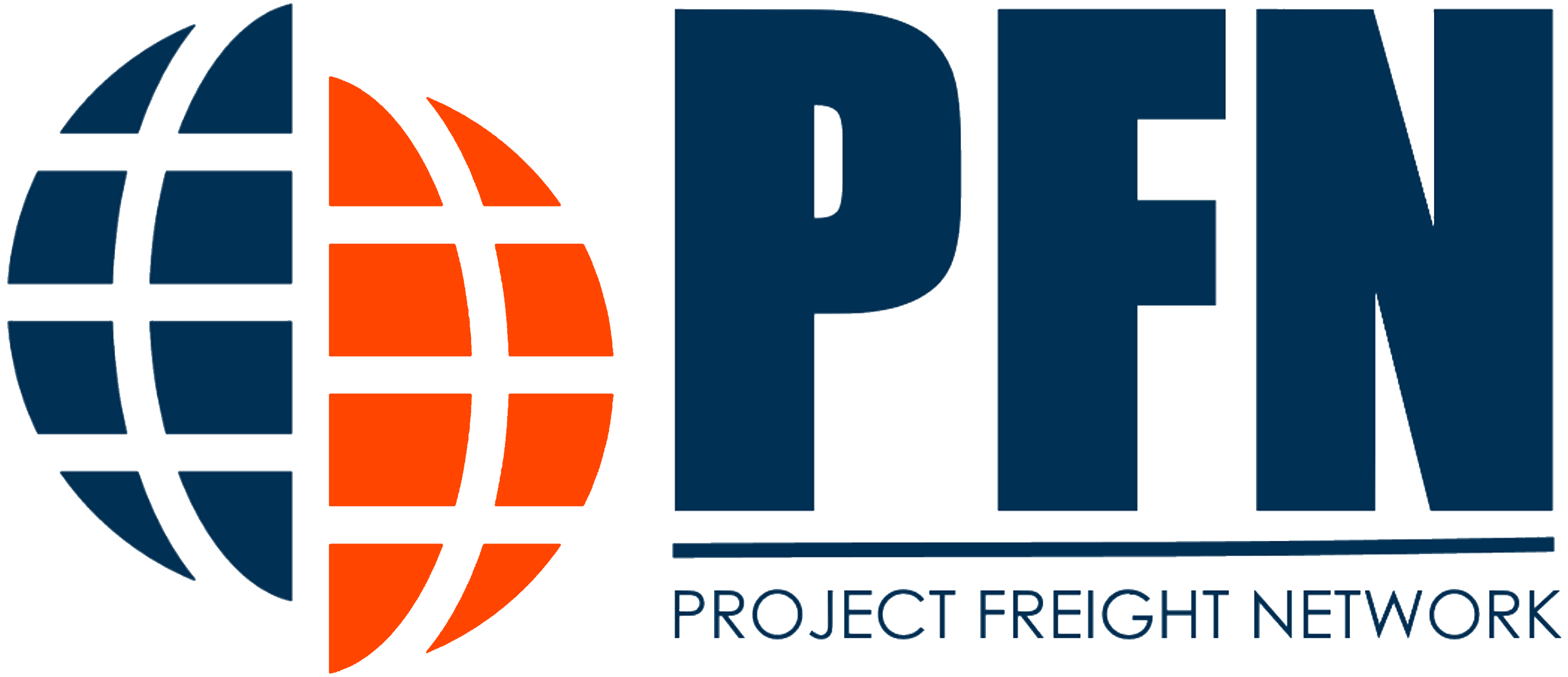The recently held panel discussion at Breakbulk Europe in Rotterdam shed light on the remarkable growth and potential of the offshore wind industry. Among the attendees was Mr. Peter Bouwhuis from the XELLZ Group of companies, and chair of the PFN Network, who raised a critical question that sparked a profound discussion about the future of port infrastructure in Europe.

During the offshore panel session, Mr. Bouwhuis addressed the panel from the audience, and presented a pressing concern: the need for an extensive expansion of port facilities to accommodate the surging demand for offshore wind projects. He emphasized that Europe alone would require more than 50+ new ports within the next decade to adequately handle the magnitude of offshore installations anticipated in the coming years.
This insightful comment struck a chord with the panel members, drawing their attention to the indispensable role that ports play in supporting the offshore wind industry. The ensuing discussion underscored the urgent need for collaborative efforts between stakeholders, including governments, port authorities, and industry players, to address this impending challenge.
The panelists unanimously agreed that the scale of offshore wind development predicted for the next decade necessitates significant investment in port infrastructure. They acknowledged the need to adapt existing ports and construct new facilities capable of handling the specialized equipment, vessels, and components associated with offshore wind projects.
Recognizing the complexities involved, the panel members stressed the importance of proactive planning and strategic decision-making. They highlighted the significance of identifying suitable locations for new ports, considering factors such as proximity to wind farms, water depth, accessibility, and logistical connectivity.
Furthermore, the panelists emphasized the need for innovative solutions and technological advancements to optimize port operations and increase efficiency. This includes advancements in port automation, digitalization, and the use of sustainable energy sources to power port activities, aligning with the broader objectives of the offshore wind industry.
The panel discussion concluded with a call to action, urging all stakeholders to collaborate and create a conducive environment for the development of new ports. By fostering partnerships and leveraging the collective expertise of industry professionals, governments, and port authorities, the offshore wind sector can build the necessary infrastructure to support its unprecedented growth trajectory.
In some final words, the panel discussion at Breakbulk Europe highlighted the remarkable potential of the offshore wind industry. Mr. Bouwhuis’s insightful comment shed light on the urgent need for expanded port infrastructure in Europe to meet the escalating demand for offshore wind projects. As the industry continues to grow exponentially, proactive planning, strategic investments, and collaborative efforts are crucial to ensure the smooth and efficient handling of offshore wind operations in the years to come.




